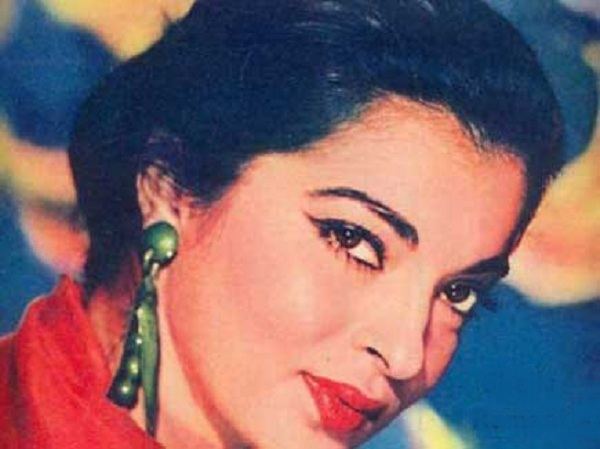
Remembering Sheila Ramani on her death anniversary, who emerged first as Beauty Queen in two contests in Mussoorie and Simla and then ruled the Indian film industry for a decade.
Sheila Ramani, also known as Sheila Kewalramani, may be a forgotten name today, but most of us still remember her as the Queen of Bollywood who after being uprooted from ancestral abode during partition, travelled a long way along with her parents from hometown Bhiria City, Sindh to settle in India, where she emerged first as Beauty Queen in two contests and then reigned the Indian film industry for a decade.
Sheila Ramani, born to F.M. Kewalramani on March 2, 1932 in Sindh, was discovered by Chetan Anand through some friends of Kewalramanis when they came to Mussoorie searching for a place to stay. They were offered a cottage at nominal rent. Sheila was selected as “Miss Mussoorie 1948” and adjudged “Miss Simla 1950”. Her selection as Beauty Queen paved the way to success in Bollywood.
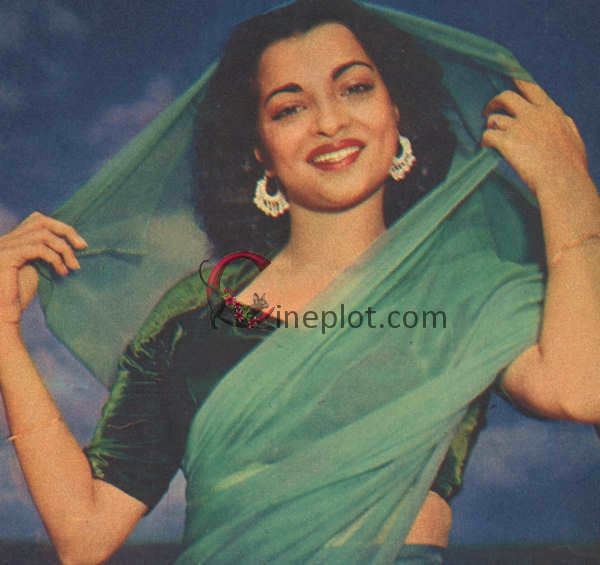 Anand Math’ (1952), ‘Surang’ (1953) and ‘Teen Batti Char Raasta’ (1953) were her early films with minor roles. She played a miner in the film ‘Surang’ while she was a colliery owner’s daughter. However, ‘Badnam’ made her debut as ‘Champa’ in 1952. But she came to be known for her role in the movie Taxi Driver released in 1954. This was her favorite movie wherein she had played the role of an Anglo-Indian Club Dancer. Those who saw her in the 1954 film Taxi Driver, found her much more attractive than the heroine of the film, Kalpna Kartik.
Anand Math’ (1952), ‘Surang’ (1953) and ‘Teen Batti Char Raasta’ (1953) were her early films with minor roles. She played a miner in the film ‘Surang’ while she was a colliery owner’s daughter. However, ‘Badnam’ made her debut as ‘Champa’ in 1952. But she came to be known for her role in the movie Taxi Driver released in 1954. This was her favorite movie wherein she had played the role of an Anglo-Indian Club Dancer. Those who saw her in the 1954 film Taxi Driver, found her much more attractive than the heroine of the film, Kalpna Kartik.
She was mostly seen as upper class mod girl in the 50s, a role she enacted to perfection all through that swinging era in films.
Sheila’s uncle Sheikh Latif alias Lachchu was a famous Pakistani producer who produced films like Pattan (1955), Khizan Kai Baad (1955), Darbar-e-Habib (1956) etc. Sheila visited Karachi on the request of her uncle, to play the lead in Pakistani film Anokhi (1956). The film was based on Hollywood’s “Fabulous Senorita”. “Gari ko chalana babu, zara halkey halkey halkey, zara dil ka jaam na chalkey” sung by Zubeda Khanum was the popular song from the film which did modest to good business in Pakistan. The movie’s great music was composed jointly by Timir Baran (a Bengali who came from India for this purpose) and Hassan Latif.
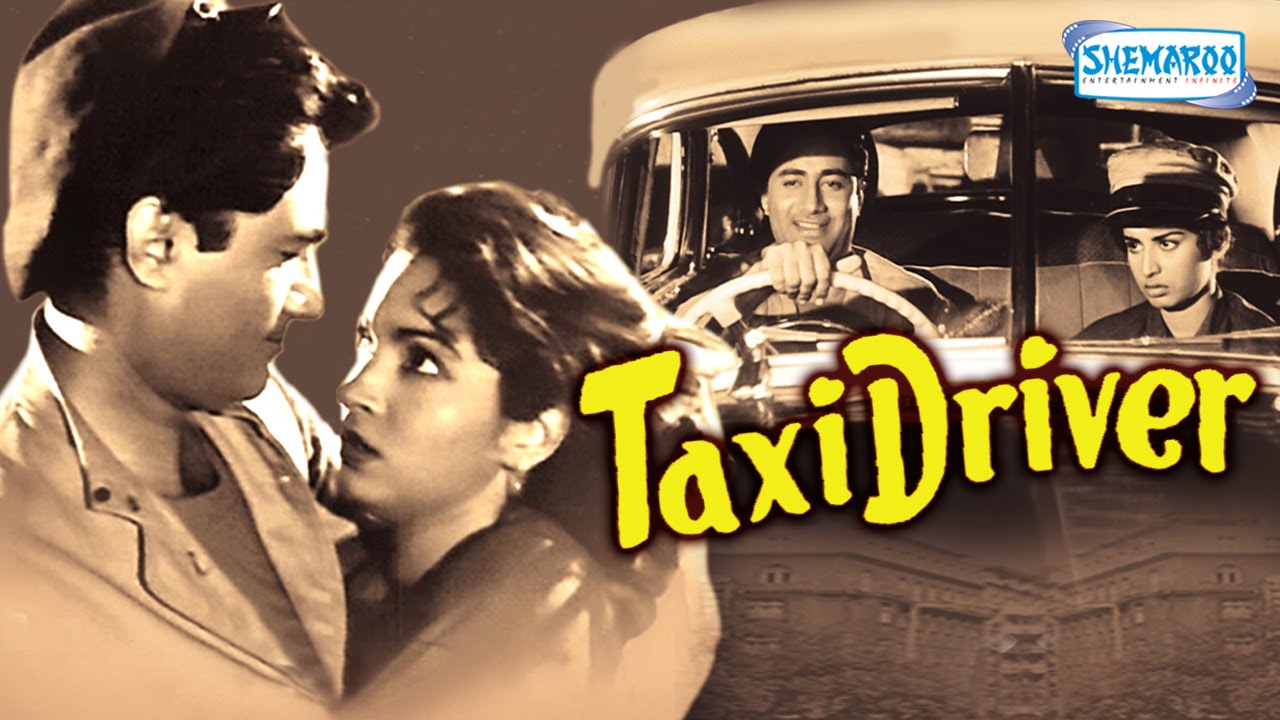 Sheila went back to India and remained as a middle-of-the-range performer in Bombay films. In the later part of her career, she was reduced to obscure films with titles that sounded like Jungle King (1959), and The Return of Superman (1960). Her other films include Mangu (1954), Meenar (1954), Funtoosh (1956), Naukri (with Kishore Kumar), Railway Platform -1955 (Sunil Dutt’s first film), Jungle King (1959), Maa Beta (1962) and Return of Mr. Superman, where she starred opposite Jairaj. Awara Ladki (1967) was probably her last movie.
Sheila went back to India and remained as a middle-of-the-range performer in Bombay films. In the later part of her career, she was reduced to obscure films with titles that sounded like Jungle King (1959), and The Return of Superman (1960). Her other films include Mangu (1954), Meenar (1954), Funtoosh (1956), Naukri (with Kishore Kumar), Railway Platform -1955 (Sunil Dutt’s first film), Jungle King (1959), Maa Beta (1962) and Return of Mr. Superman, where she starred opposite Jairaj. Awara Ladki (1967) was probably her last movie.
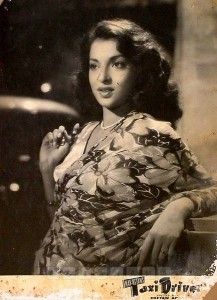 Sheila played the lead role in another film opposite Dev Anand Funtoosh (1956) but she remained embossed in memory for Taxi Driver. With her languid sway in a dark sari and shiny blouse in the song Dil jale to jale and her easy abandon in an off-shoulder dress to the dance track Dil se milake dil – she oozed spunk and sexuality, cool and control. “Ramani was a precursor to the urban modern heroine we see today. She set the stage for them. In her roles, she had agency,” says Sidharth Bhatia, author of Cinema Modern: The Navketan Story.
Sheila played the lead role in another film opposite Dev Anand Funtoosh (1956) but she remained embossed in memory for Taxi Driver. With her languid sway in a dark sari and shiny blouse in the song Dil jale to jale and her easy abandon in an off-shoulder dress to the dance track Dil se milake dil – she oozed spunk and sexuality, cool and control. “Ramani was a precursor to the urban modern heroine we see today. She set the stage for them. In her roles, she had agency,” says Sidharth Bhatia, author of Cinema Modern: The Navketan Story.
Sheila was also the leading lady of India’s first Sindhi film after partition – Abana (1958). Then an unknown teenager Sadhana played her younger sister. When Sadhana asked for her autograph, Sheila said that the day will come when she’d ask for Sadhana’s autograph. The prediction came true as Sadhana became one of the great stars of Hindi cinema in the 1960s.
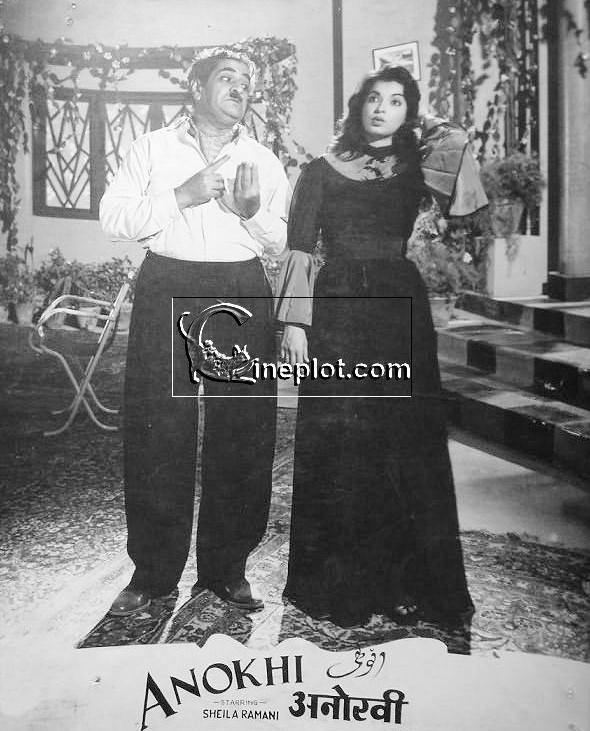 Sheila was very fond of sports especially football and swimming. Ballroom dancing was a virtual addiction for her and she used to go out for dancing as often as she could. Sheila was 5 feet four inches tall, and was so fastidious that any dress she would wear won’t be repeated for six months to come at least.
Sheila was very fond of sports especially football and swimming. Ballroom dancing was a virtual addiction for her and she used to go out for dancing as often as she could. Sheila was 5 feet four inches tall, and was so fastidious that any dress she would wear won’t be repeated for six months to come at least.
Sheila moved to the United States and married there to a businessman Jall Edi Cowasji on 31st March 1963 and retired from acting in new movies except completing the already signed. Part of her family that remained in Pakistan converted to Islam. She used to live in Mumbai with her husband Jall Cowasji (President of Bombay Dying) till 1981. They moved to Khartoum for 3 years and then to Sri Lanka for 3 years. After her husband’s death in 1984 she migrated to Australia on her own in the late 80’s and lived in Sydney and Surfers Paradise until health problems required her to return to India in the new millennium. She used to live in her husband ancestral home in Mhow. She was frail and bed ridden for few years before her death on July 15, 2015 in Indore, Madhya Pradesh, India.
She was in her early 80s. Ramani was suffering from multiple old-age related ailments and in coma for last two days. She was also affected by Alzheimer’s disease. Ramani died in her childhood home on the Post Office road in cantonment town of Madhya Pradesh. She was survived by her two sons Rahul and Zal.
Ramani’s husband Jall Cowasji, a noted industrialist, passed away about three decades ago. Her father-in-law Edi C Cowasji was the first to produce and supply electricity in Mhow and Mount Abu.
________________
Source: IMDB, Times of India, Cinema Plot, Wikipedia, Sindh book ‘Bahrawar Khaan Bhiria – Taareekh Jo Safar’ authored by Nasir Aijaz